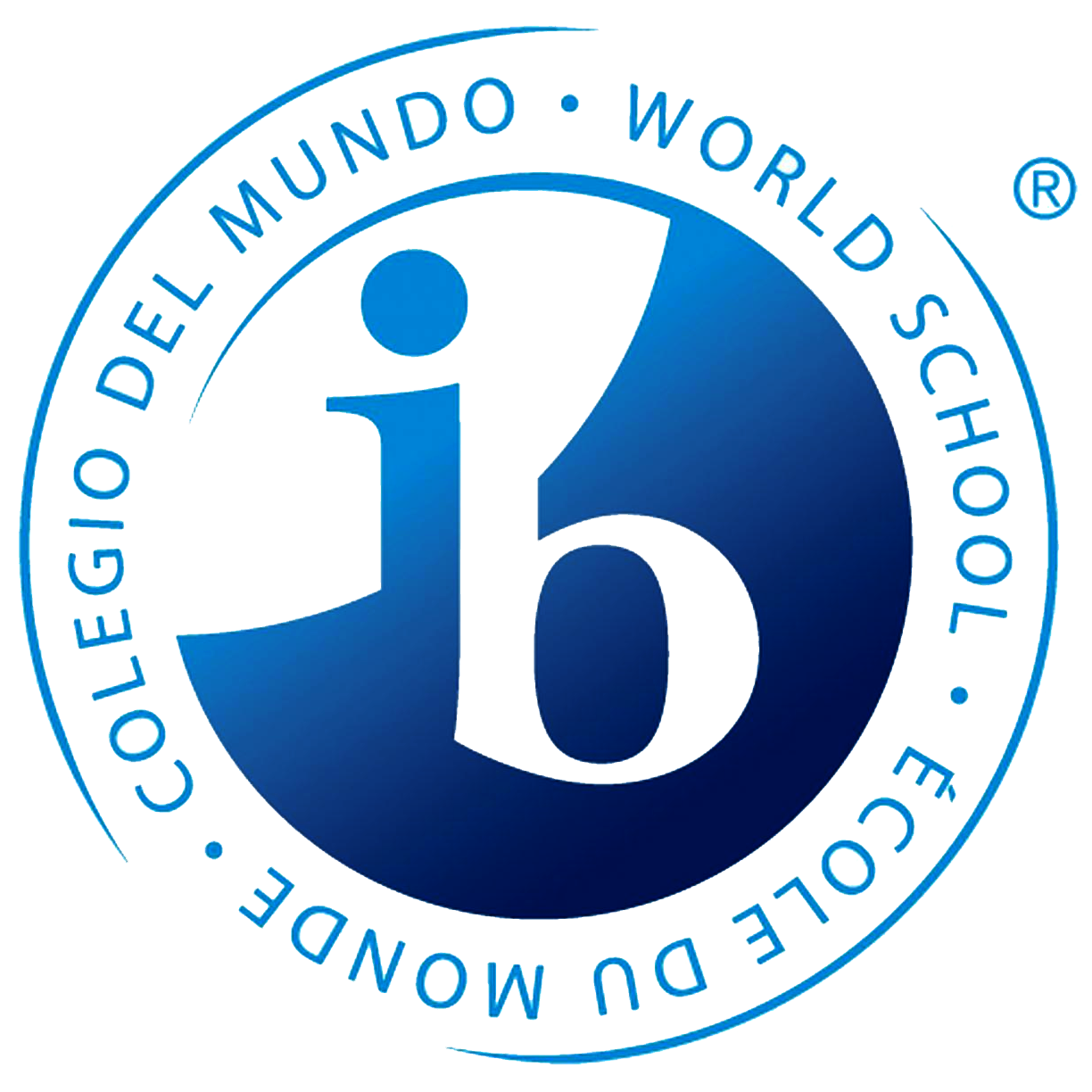
How are students identified as gifted and talented at McGraw?
Gifted and talented students at all PSD schools are identified based on a body of evidence that includes achievement scores, intellectual ability scores, and behavior rating scales. Performance indicators are most often used for additional information in the body of evidence. In order to qualify for gifted education services, the student needs at least three qualifying indicators that span two different areas of the body of evidence. Qualifying indicators include scores in the 95th percentile or higher, exceeds expectations on CMAS, or a predetermined score on a qualitative assessment. No two scores may come from the same assessment.
All 2nd graders take the Cognitive Abilities Test (CogAT) in the spring. CogAT Verbal, Non-Verbal and Quantitative scores; along with CMAS Math and Language, and MAP Math and Reading results, are used in the initial body of evidence to determine if a student qualifies for GT services.
Teachers and parents can refer students for gifted identification consideration. Please contact Paul Schkade, McGraw Gifted and Talented Site Program Coordinator, to learn more about the referral process. Depending on the type of referral, it can take up to six weeks for the entire process.
Is the PYP a program designed for GT students?
The Primary Years Program is designed to meet the needs of all students, including those identified as gifted and talented. However, the PYP focus on development of deep conceptual understandings, application of thinking and research skills, and student-initiated inquiry provides plenty of opportunities for advanced learners to be challenged. In addition to academic learning, the PYP aims for the development of the whole student - physically, intellectually, emotionally and ethically. While providing differentiated learning opportunities based on a student's academic readiness, interests and learning style are central to instruction in a PYP classroom, an equally strong emphasis is based on the PYP classroom as a collaborative learning community:
The IB supports the premise that schools should be organized in such a way that student diversity of all kinds can be included as a resource, seeing individual differences not as problems to be fixed, but as opportunities for enriched learning. Diversity is a positive resource with regard to what it means to be internationally minded and interculturally aware. Enhancing the motivation to learn from multiple perspectives, through collaborative teaching approaches, can lead to positive outcomes for all students. These outcomes include improved academic and social skills, increased self-esteem, and more positive relationships with others in the community. ("Special education needs within the IB programmes", 2010)
Who is responsible for delivering instruction and programming for students identified as Gifted and Talented at McGraw?
Classroom teachers take the primary responsibility for addressing the needs of GT students in their classrooms, in consultation with and with support from the the Gifted and Talented Site Program Coordinator. This is in alignment with the IB Primary Years Program philosophy that students should experience the vast majority of their learning while at school with their classroom teacher, who is in the the best position to help students integrate knowledge, concepts and skills across the curriculum throughout the school day. The Gifted and Talented Site Program Coordinator collaborates with classroom teachers to provide supplemental enrichment opportunities to groups of students based on need and interest. These enrichment opportunities may take place on a weekly, monthly, long-term, or short-term basis and may include participation in groups which meet during school, after-school enrichment programs, and other activities such as student leadership and the McGraw News Show which challenge students to grow in areas identified in their Advanced Learning Plan (ALP).
Does the Gifted and Talented Program at McGraw provide pull-out instruction for students identified as GT?
As described above, the gifted and talented program at McGraw is not a "pull-out" program where students receive daily accelerated instruction from a GT specialist in Math or Reading, which is the model used at some schools. Our school approach to instruction for gifted students aligns with the IB philosophy, which addresses student learning needs and interests primarily within the context of the general classroom. We believe that this integrated approach helps develop students who are more well-rounded academically, socially and emotionally and better prepared for their future education and careers. While we may provide periodic pull-out enrichment groups and other opportunities for advanced learners, these are intended to be supplemental and do not replace the core instruction which takes place daily in the classroom.
Does differentiated instruction for GT students simply mean giving them more work to do?
Effective differentiation involves engaging students in learning experiences that are appropriate for their level of readiness, interests and learning styles. In the case of gifted students this means doing work that deepens their thinking and extends their learning. The quality of learning is more important than the quantity of work completed.



